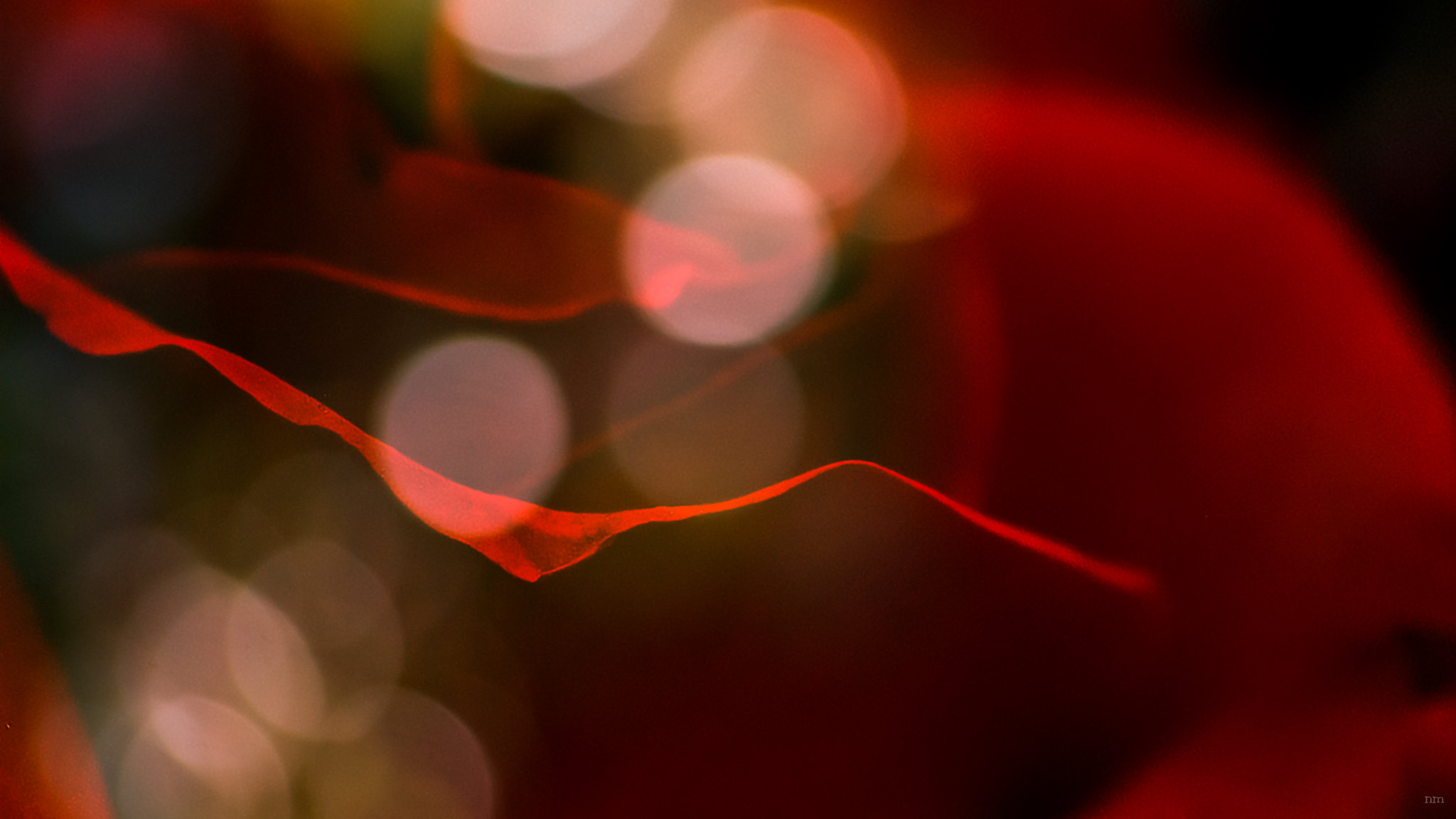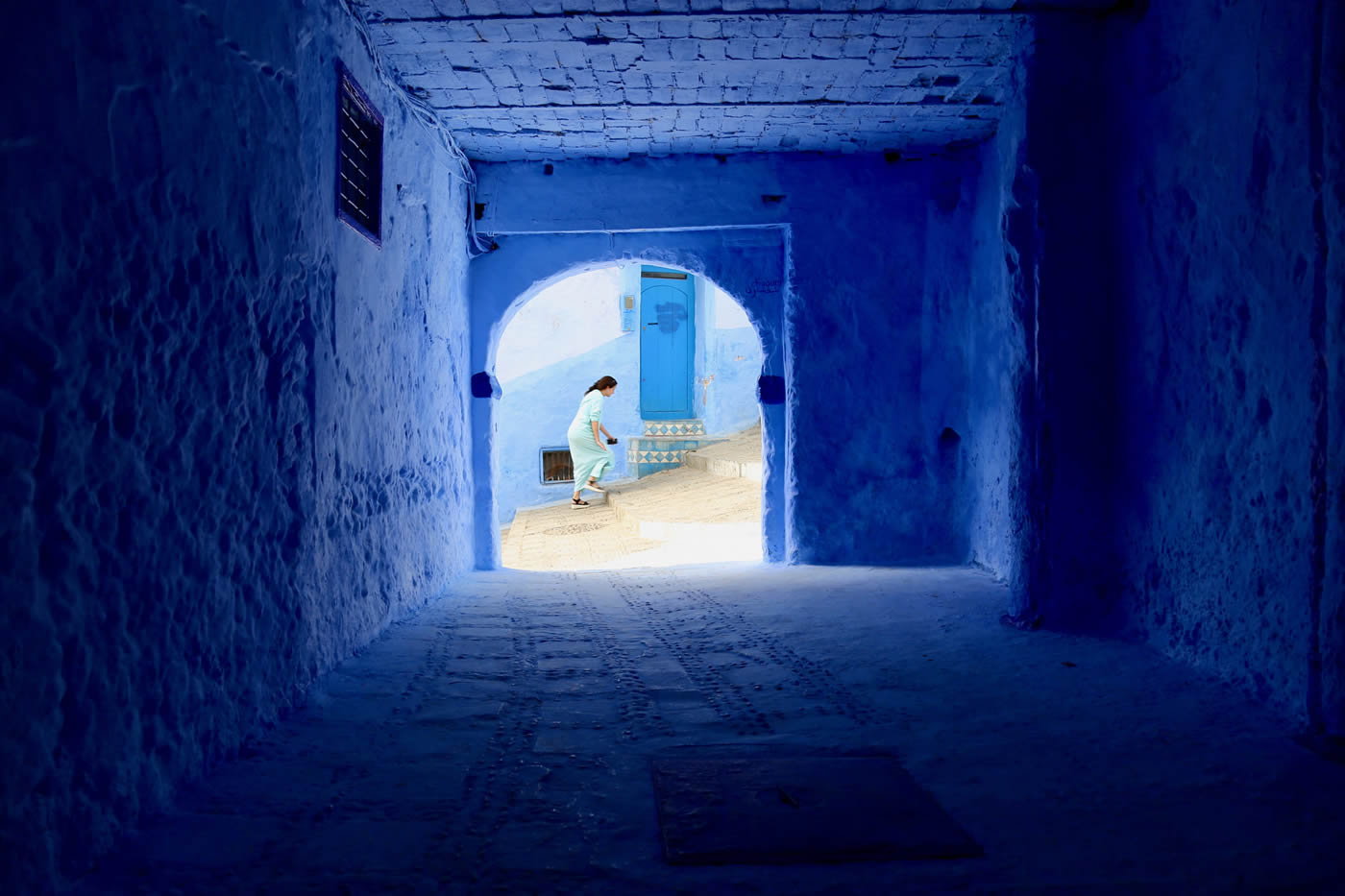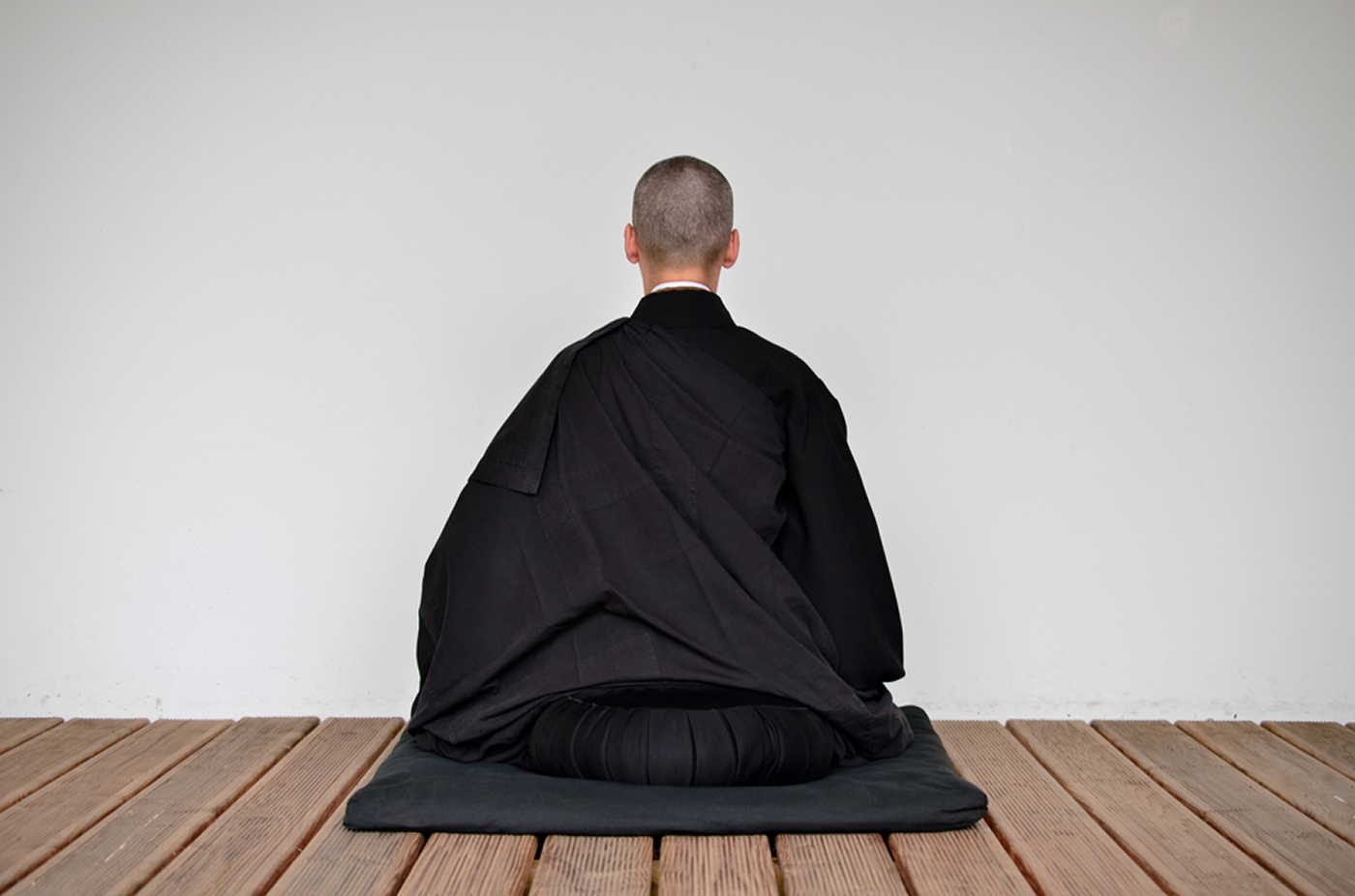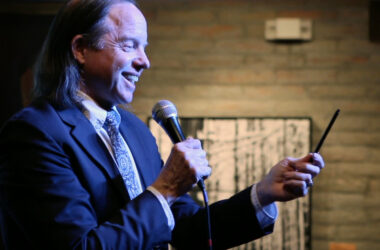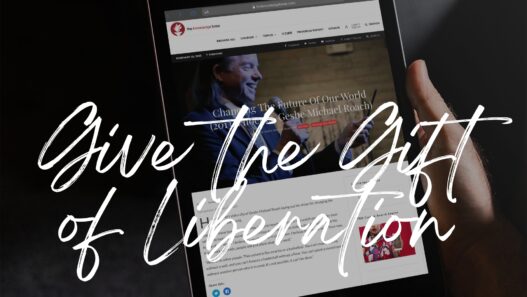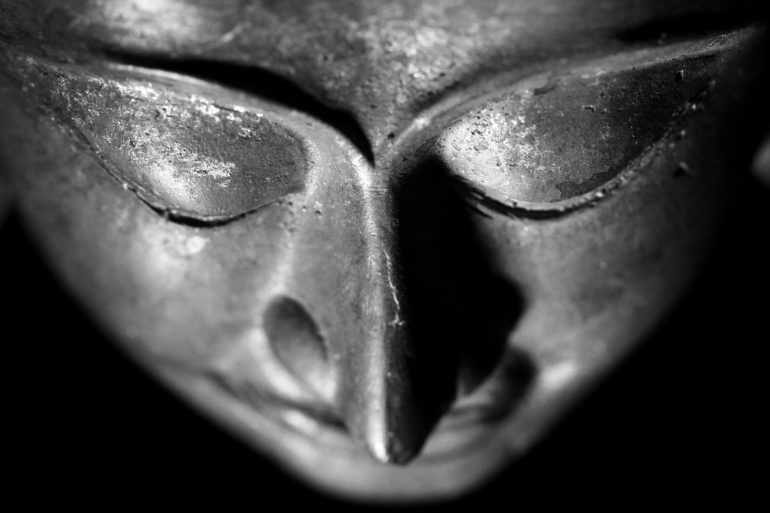Meet Your Chakras: An In-Depth Exploration of the Chakras
This post is meant to delve deeper into the information presented in a previous post, The Principles of Yoga: Introduction to Chakras. If you haven’t already, we recommend that you read that post first.
The following excerpts are from Je Tsongkapa’s (1357-1419) famous Commentary on the Practice of the Diamond Recitation.
The chakras are six in number. At the naval is the chakra of emanation, with 64 channel petals. At the heart is the chakra of all things, with eight channel petals. Above this chakra, but below that of the throat, is the chakra of fire, with three channel petals.
At the throat itself is the chakra of experience, and it has 16 channel petals. At the point between the eyebrows is the chakra of wind, with six channel petals; and at the tip of the head is the chakra of great bliss, possessed of 32 channel petals. The total number of channel petals then is 129.
Why We Name Them So
Now in each place where the two side channels—the channel of taste and the solitary channel—twist around the central channel and form a knot, there is a chakra there. At the heart there are three knots, and at the other locations one knot each.
There are five chakras that formed at these junctures where there are knots. These are the chakra of great bliss at the tip of the head; the chakra of experience at the throat; the chakra of all things, at the heart; the chakra of emanation, at the navel; and the chakra of sustained bliss, at the secret place.
As for the number of channel petals at each of these chakras, this has been covered elsewhere for all but one. The chakra at the secret place has 32 channel petals.
There are an additional three, minor chakras. At the point between the eyebrows is the chakra of wind, with six channel petals. Between the throat and the heart is the chakra of fire; it has three petals. And in the middle of the jewel is a chakra with eight petals.
Now there is a specific reason why we refer to the chakra at the tip of the head as the “chakra of great bliss”: it’s because the foundation of bliss, the element of enlightenment which is similar to the kunda, is located at the head’s center tip.
There is also a reason why we call the chakra of the throat “chakra of experience”: it’s because the throat is where we experience the six divisions of flavor.
The chakra at the heart then is spoken of as the “chakra of all things” because the very root of all existing things—the indestructible drop, which serves as the foundation for the extremely subtle forms of inner wind and mind—is located here at the heart.
The chakra at the navel next is called the “chakra of emanation” because the navel is the primary place where the flame of the inner fire resides; and it is this inner fire which provides the foundation for the arisal or “emanation” of the great bliss.
Finally, the chakra at the secret place is referred to as the “chakra of sustained bliss” because the secret place is the primary location at which we sustain the experience of simultaneous bliss in both the forward and reverse orders.
The Most Crucial Knot to Loosen
The following is excerpted from the Book to Please Those with the Core of Goodness, by Chone Lama Drakpa Shedrup (1675-1748) of Tibet’s famed Sera Mey Monastery.
When we describe the chakras within our presentation of the three major channels—the channel of taste, the solitary channel, and the central channel—you shouldn’t think that it’s because the chakras are considered these channels. Rather, we present the chakras within these channels because the chakras too are major components of the inner body.
Of these three major channels, by the way, the central channel is further considered primary. This is because experiences such as where simultaneous wisdom makes its appearance in our mind are founded upon the way in which the inner winds of the two side channels—the channel of taste and the solitary channel—enter, stay, and dissolve into the central channel.
Along the entire length of this central channel—up and down it—the chakra of the central channel at the heart is the main one. This is first of all because—in the natural condition of things—the heart is where the consciousness at the very beginning first enters; and where it resides during the interim of our life; and from where, in the end, the consciousness moves on.
Secondly, this chakra is primary because—in the condition of things as they are for a person engaged in spiritual practice—it is within the central channel at the heart where both the approximate and actual forms of the clear light make their appearance.
The Way at the Heart is Blocked
More from Je Tsongkhapa’s book on the diamond recitation:
Of all the different knots on the central channel, the one which is extremely difficult to release is the one at the heart. As the secret text called the String of Diamonds puts it,
The Diamond of Wisdom
Stays forever
In the sky of that tiny space
Within the lotus of the heart.
The wind of life
And the downward-clearing wind
Run their courses
Based entirely upon those
Which are above and below.
There as well, at the center,
Is it enwrapped
By three knots,
Opened only with difficulty.
These destroy
The downward-clearing one,
And make it impossible
For the other to succeed
In its upward journey.
So too it says,
Those above would travel down,
But this one by the life
Is utterly destroyed.
These are already positioned
In the channel of life,
And down they look.
But they cannot travel down,
For they are fettered
By the knot of ignorance.
The first two lines here [four in the English] will be covered later on in our presentation. The words “these which are above and below” refer to the channels above the heart chakra—those upon which the life-holding wind is based for its flow; and to the channels below this chakra—those upon which the downward—clearing wind is based for its flow.
“There as well”—meaning at the lotus of the heart, “at the center” of this chakra—is the central channel “enwrapped by the three knots” of the two side channels, the channel of taste and the solitary channel, coming in from the right and the left. The knots thus created are “opened only with difficulty.”
These tight knots “destroy”—that is prevent—the capacity of “the downward-clearing” wind to travel, from its position below, upwards through the central channel at the heart. Which is to say, this particular wind is then unable to move upwards inside the central channel.
In this same way, the life-holding wind and other winds located “above” the heart chakra are ready, “positioned already in the channel of life” and looking “downwards,” for they “would travel” this way. “But” even though they have entered this same path that was mentioned before, “they cannot travel downwards” within it.
And this is because “this one” journey downwards “by the life”—meaning by the life wind—is utterly destroyed, for this wind is tightly “fettered by the knot” formed by the channel of taste and the solitary channel.
Aham
This same tantra, The String of Diamonds, says—
Any person who truly grasps
The basis that lies below
The word that stands for “me”,
Aham, the very thing
that chains us to
This life of pain,
Will free themselves
From the fetters
Of this suffering wheel.
What this is saying is that if we comprehend, completely, the true meaning of the word aham—the word for “me” or “myself”—then we will be able to free ourselves from the chains of this cycle of pain.
The same text says—
A person who lacks aham
Is like a tree that has lost
Its roots,
meaning that a person who lacks any understanding of what this term means is like a tree whose roots have rotted away.
And then it says—
A is explained
As meaning the wind of life,
While ham refers to
The downward-clearing wind.
And when these two
Have become as one,
Well then we say Aham.
What this is saying is that we seek to mix the life-holding wind and the downward- clearing wind together. The place where this has to happen though, in this particular system, is the very spot at the heart where we are trying to open the knot. As this heart knot is particularly “difficult to open,” it prevents these two winds from mixing together.
It is critically important that we learn how the two winds mix with each other when they are allowed to do so and that we obtain the crucial points of the instruction on how to release this particular knot.
Summary and further clarification
Here’s a summary and further clarification of the important ideas in this post by Geshe Michael Roach. Following you’ll find a list, and then the names of the major chakras of the body, beginning from the bottom, in both Tibetan and Sanskrit, with a further explanation of the meaning of the Tibetan names. Also follows is an explanation of why in the Yoga of Lady Niguma for example we work up the channels one by one. Finally a brief discussion about the four steps taken at each of these chakras to open them.
Here are the major chakras in the body, starting from the bottom. At the groin, where the two legs meet, and then inside the body at this point about an inch, is what in Tibetan is called the “chakra of sustained bliss”; known in Sanskrit most commonly by the name of muladhara chakra, or the “chakra of the basis” or lower foundation part of the body.
Next in order, going up, is the svadishthana chakra, which is explained in Tibetan as meaning “the blessing of oneself,” a reference to a practice of the inner body used to open the chakras. This is located at the very base of the spine; we can think of it in many people as at the area of the top of the crack of the buttocks, into the body say an inch from the back.
Next is the manipura chakra, up against the front face of the spine at the level of the navel. The Sanskrit literally means “city of jewels”; and in Tibetan this chakra is known as the “chakra of emanation,” the idea being that from here the inner fire of the body splits off (“emanates”) flame to pass to the top of the central channel to melt the element there, and trigger the process of the opening of the chakras, particularly that of the heart.
After this is the heart chakra—meaning a chakra which is again located at a spot against the front of the spine directly behind the heart. This is known as anahata chakra in Sanskrit (the “unstruck” sound of the heart beating, like a drum, without ever having been struck by a stick). In Tibetan it is called the “chakra of all things,” from which the entire world is produced, as the seeds in the indestructible drop open and produce our world.
Next is what the Tibetans call the “chakra of experience,” with a very similar vishuddhi chakra in Sanskrit, referring to the area where we experience the taste of food and drink and begin the process of its purification (shuddha) into the nutritive essence. This is at the base of the neck, again up against the front of the spine here.
Finally there is the sahasrara chakra, the “chakra of the thousand spokes,” a reference to the many channels splitting off from this chakra at the tip of the head, just under the bone of the skull. In Tibetan it is known as the “chakra of great bliss,” given that this is the location of the white element, which plays a central role in the creation of spiritual bliss, and subsequent realizations.
In the Yoga of Lady Niguma, we purposely work up the chakras from the bottom, rather than attacking for example the heart chakra first, directly. This is because the heart has three turns of the two side channels choking it, and is therefore the most difficult of the knots to open. We are advised in the scriptures to go at this chakra by approaching it from the bottom, opening up the easier, lower chakras one by one, in successive order, bringing the prana up towards the heart chakra gradually, and then opening it.
Lady Niguma advises at each chakra four different types of yoga asanas or exercises to aid in their opening. First we “unbind the knot” by doing a twist, which loosens the side channels twisted around the central channel like a vine. Next we straighten these crooked side channels with a stretch.
After this we gather the prana by a sucking motion, by a bandha, to draw prana out of the side channels and induce it into the central channel, where it will trigger the two great spiritual realizations we seek: emptiness and love.
Finally we do some kind of “shaking out” asana which will distribute the prana and the associated drops of consciousness all the way up the length of the central channel, helping us to sustain our realizations.
To deepen your study on many of the topics introduced in this post, please refer to the following course on The Knowledge Base:

